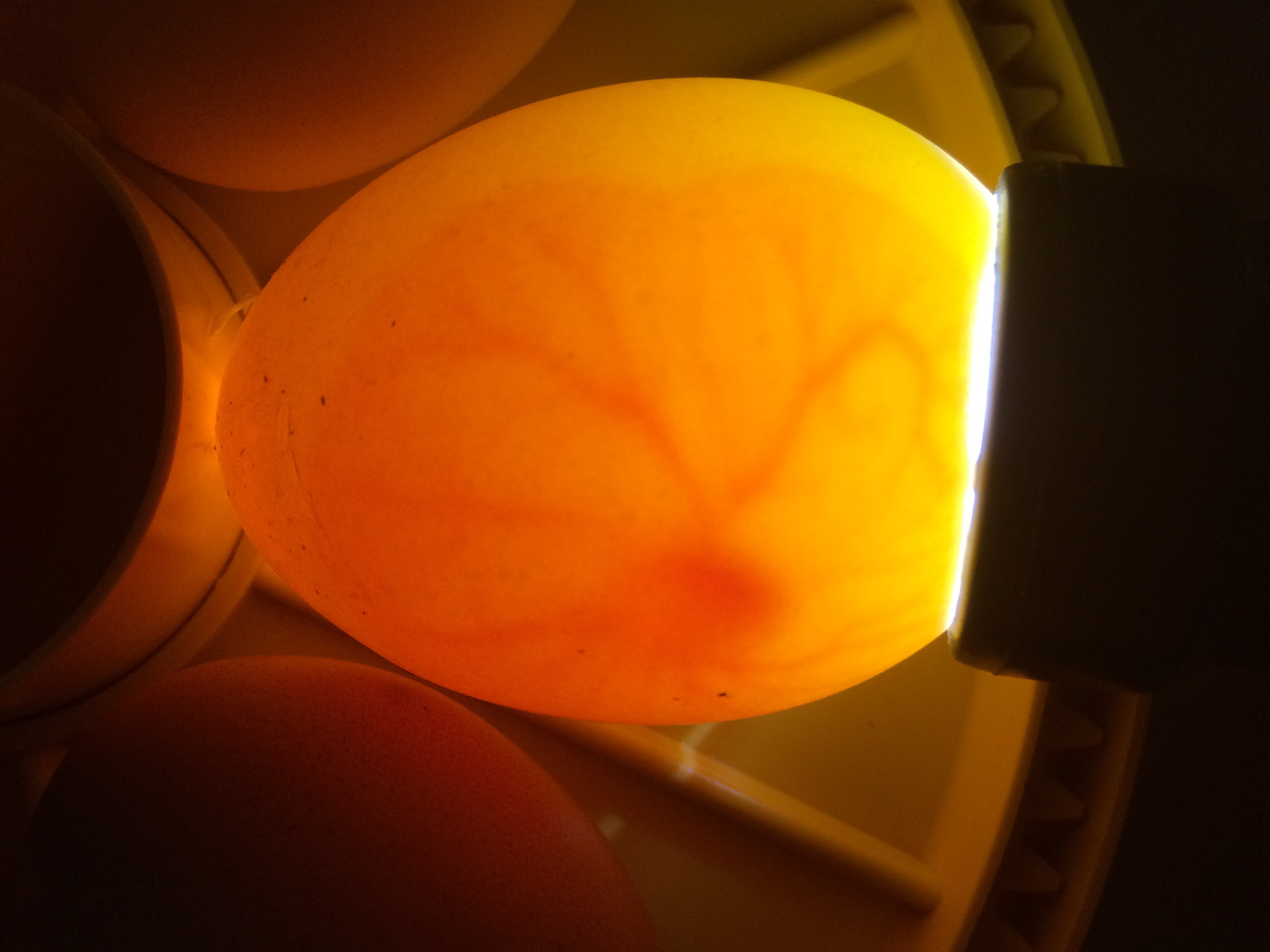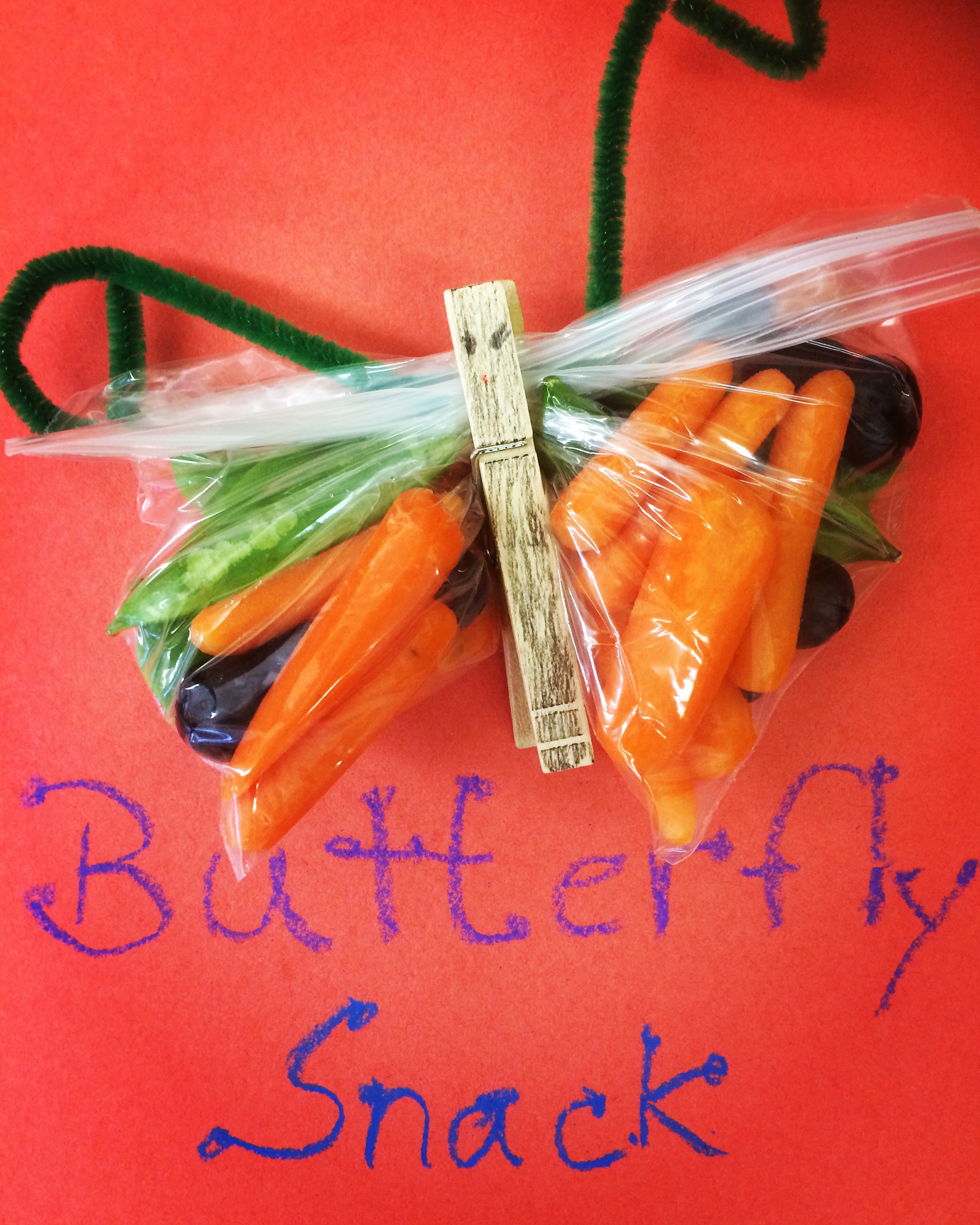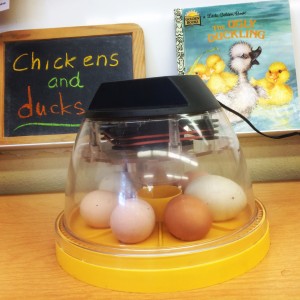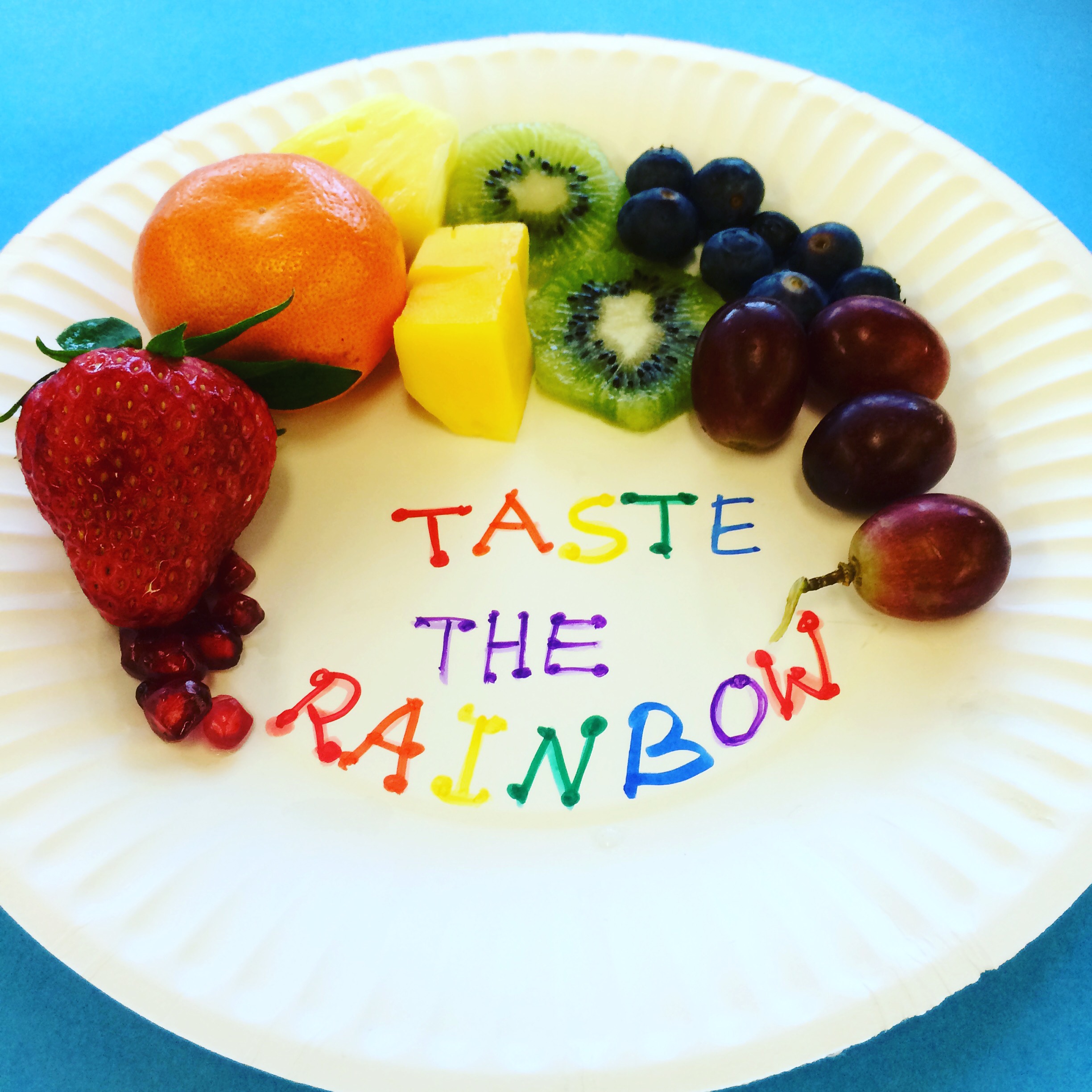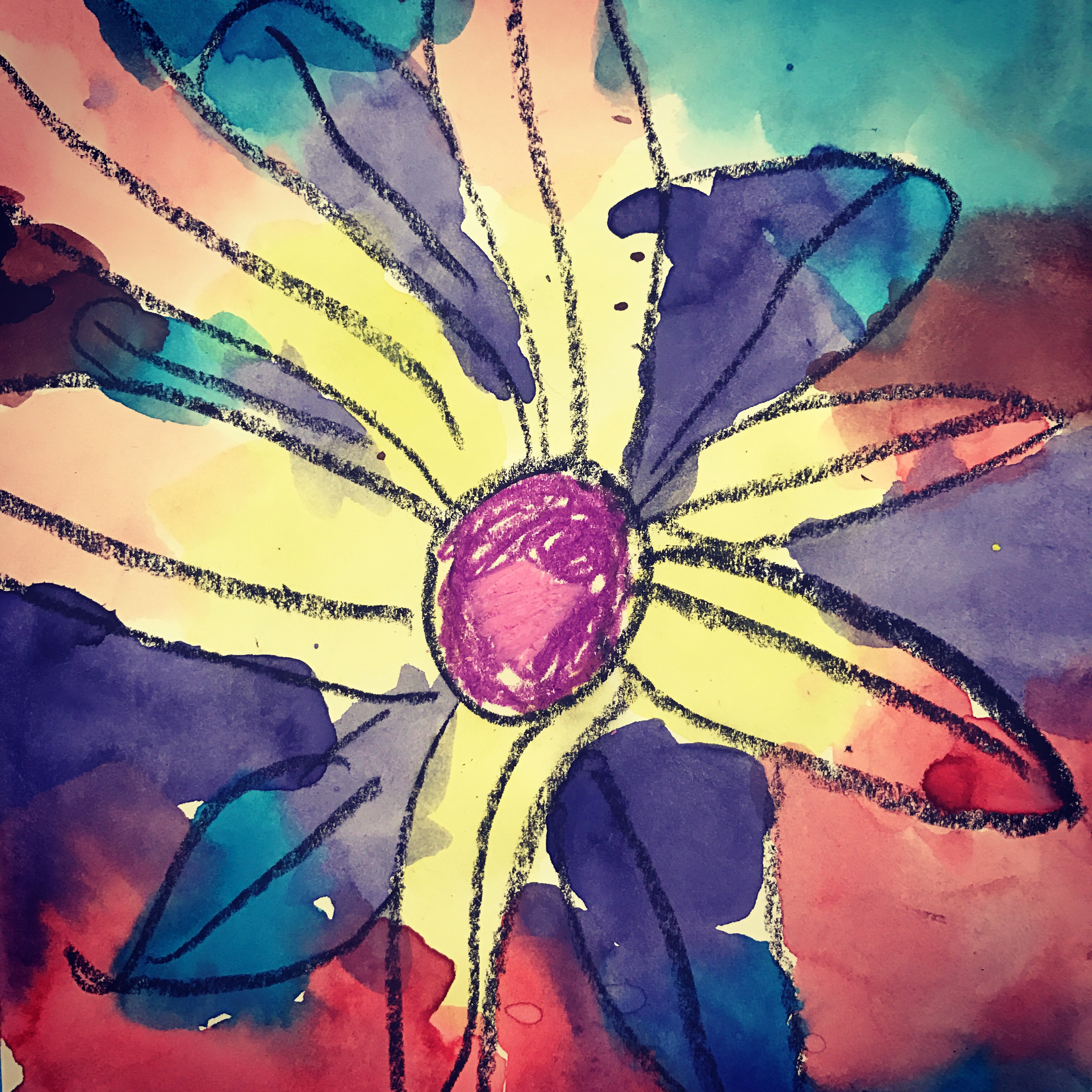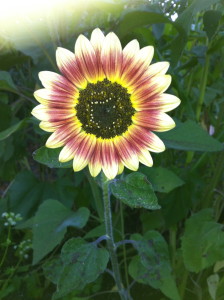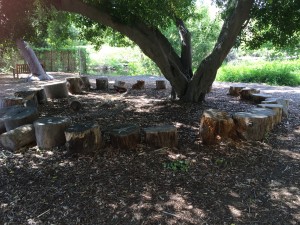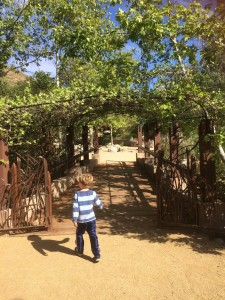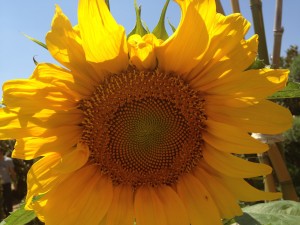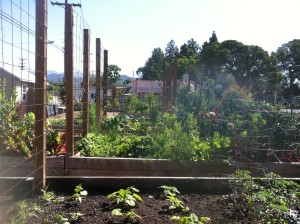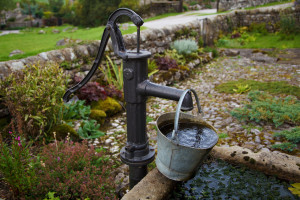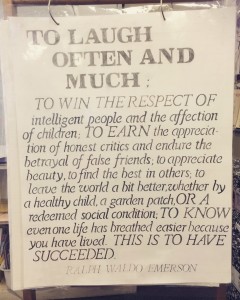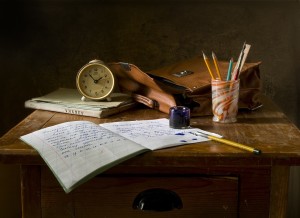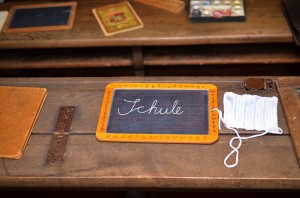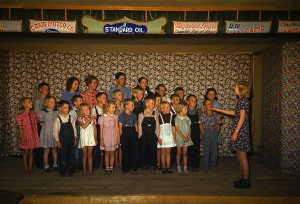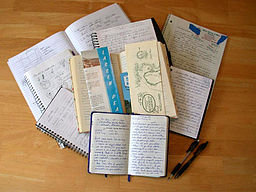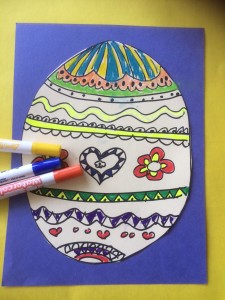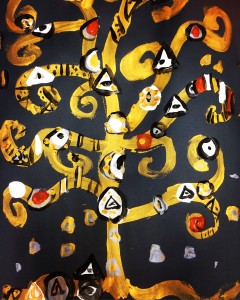
Gustav Klimt was the son of a gold engraver and included gold in many of his art pieces. The bold colors and shapes lend themselves to being recreated by small hands. The Tree of Life is one of his most famous works and often replicated.
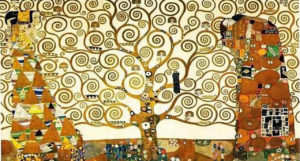
Materials
- Construction paper
- Tempera paint
- Brushes in different sizes
- Paper plates
- Easel or newspaper to protect the working surface
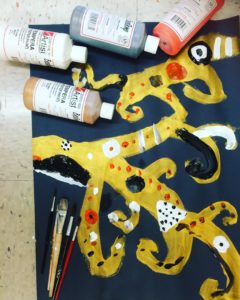
Procedure
Introduce Klimt and his work. Google images of the tree of life can be found here. Demonstrate loading the brush with gold paint and how to create the tree shape. Let the art work dry after painting the tree. Continue painting with white, silver, orange, and black tempera paint. The shapes really pop if they are outlined with black paint.

